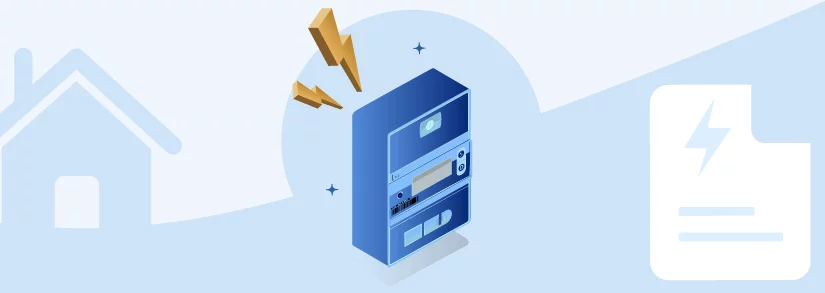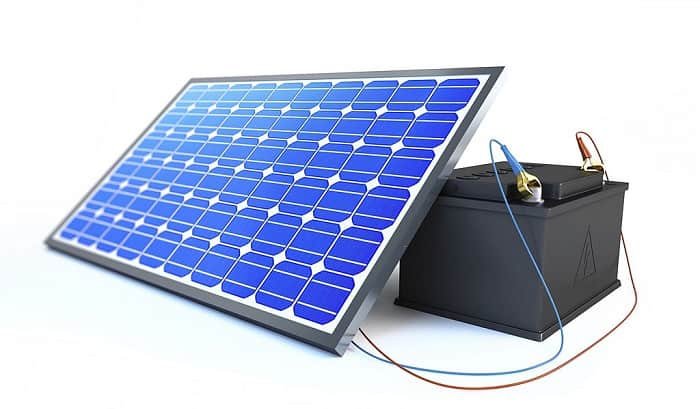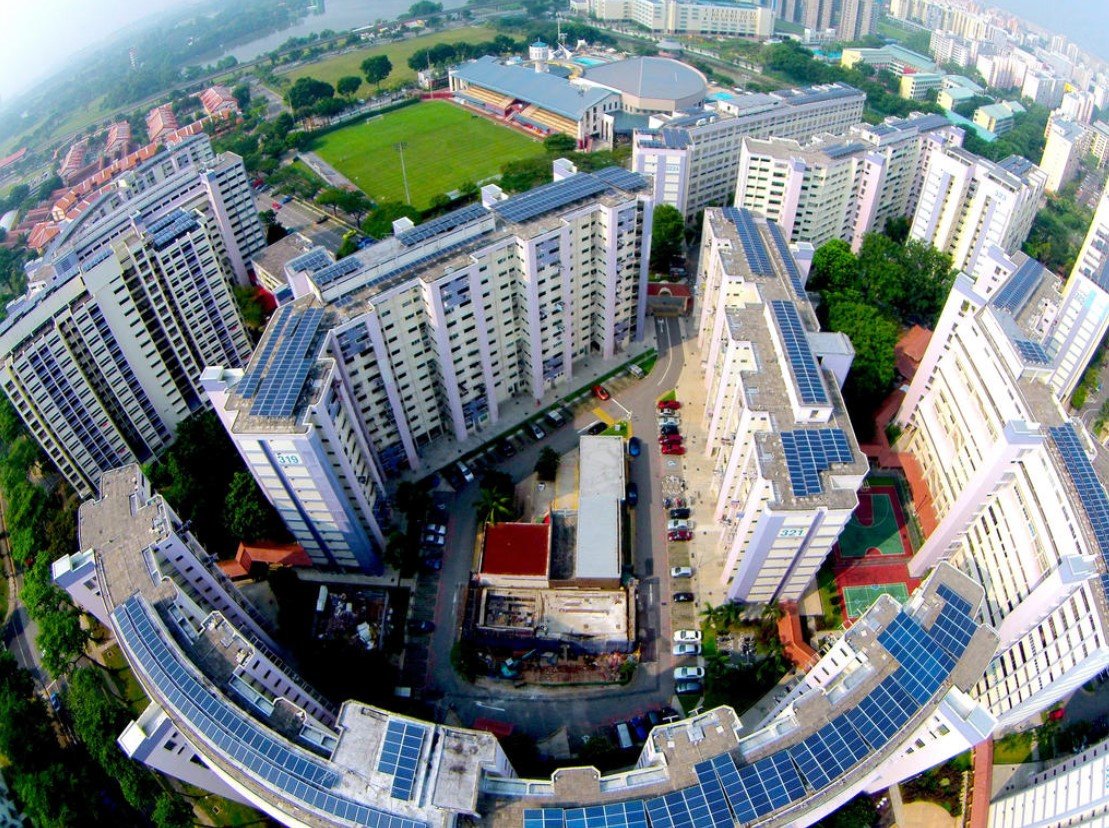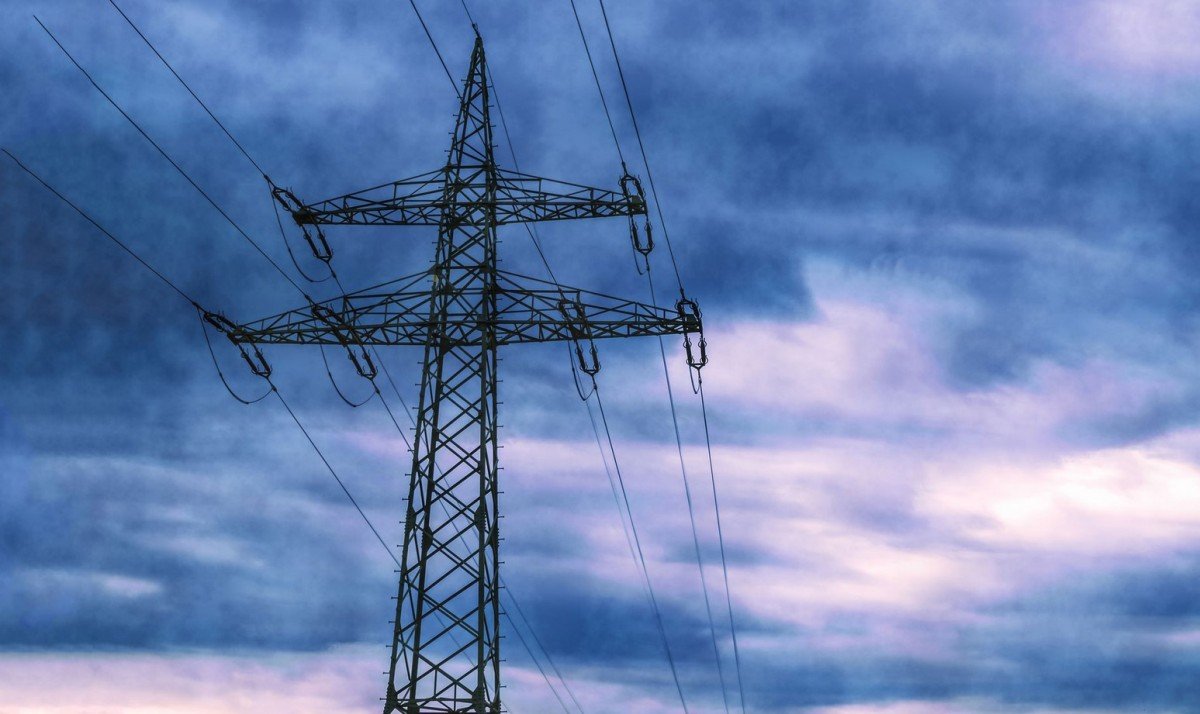
Solar bi-directional meter connection diagram
As the world shifts towards renewable energy sources, solar power has become increasingly popular. One important aspect of installing solar panels is the connection of a bi-directional meter. A bi-directional meter is used to measure both the energy consumed by a household and the excess energy generated by solar panels. In this article, we will discuss the solar bi-directional meter connection diagram and its importance.
Related: Energy meter for photovoltaics
Solar Bi-Directional Meter Connection Diagram:
The solar bi-directional meter connection diagram shows the connection of a bi-directional meter to a solar panel system. The diagram consists of various components, including the solar panels, inverter, and bi-directional meter. The solar panels are connected to the inverter, which converts the DC power generated by the panels into AC power suitable for household use. The bi-directional meter is then connected to the inverter, which measures the energy generated by the solar panels and the energy consumed by the household.
Importance of a Bi-Directional Meter:
A bi-directional meter is crucial for solar panel owners because it enables them to earn credits for excess energy generated by their panels. This excess energy is sent back to the grid, and the bi-directional meter measures the amount of energy sent. The credits earned for excess energy can then be used to offset the cost of energy consumed during times when the solar panels are not generating enough power.
In addition, a bi-directional meter also ensures that solar panel owners are properly compensated for the energy they generate. Without a bi-directional meter, energy companies may not accurately measure the energy generated by solar panels, leading to incorrect billing and underpayment.
Table:
| Component | Purpose |
|---|---|
| Solar panels | Generate DC power from sunlight |
| Inverter | Converts DC power into AC power for household use |
| Bi-directional | Measures energy generated by solar panels and meter energy meter consumed by the household |
| meter |
A solar bi-directional meter is used to measure the amount of electricity that is generated by a solar power system and the amount of electricity that is consumed by a home or building. The diagram below shows a typical connection diagram for a solar bi-directional meter:
Diagram:
Solar Panels
|
v
Solar Inverter
|
v
Bi-Directional Meter
|
v
Main Panel
The solar panels generate DC electricity which is converted to AC electricity by the solar inverter. The bi-directional meter is installed between the solar inverter and the main panel. It measures the amount of electricity that is generated by the solar panels and the amount of electricity that is consumed by the home or building.
When the solar panels are generating more electricity than the home or building is consuming, the excess electricity is sent back to the grid. The bi-directional meter measures the amount of electricity that is sent back to the grid. When the home or building is consuming more electricity than the solar panels are generating, the bi-directional meter measures the amount of electricity that is being drawn from the grid.
Overall, the solar bi-directional meter helps to keep track of the amount of electricity that is generated and consumed, making it easier for homeowners and building owners to manage their energy usage and costs.
Conclusion:
In conclusion, a bi-directional meter is a vital component of any solar panel system. It ensures that solar panel owners are properly compensated for the energy they generate and enables them to earn credits for excess energy sent back to the grid. By following the solar bi-directional meter connection diagram, homeowners can ensure their solar panels are properly connected and functioning as intended.






